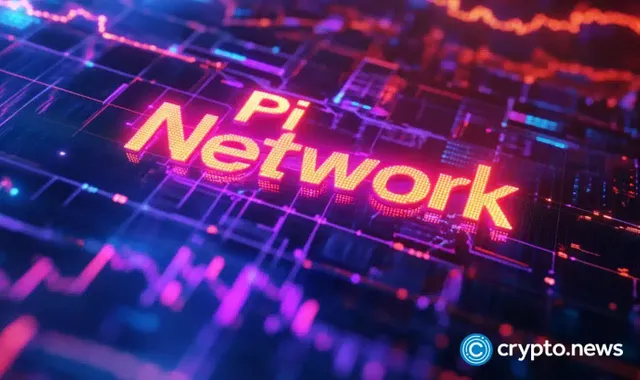Why Is Pi Network (PI) Price Falling While the Crypto Market Rises?

The cryptocurrency market has rebounded strongly in 2024, with Bitcoin (BTC) reclaiming 60,000andEthereum(ETH)surgingpast60,000andEthereum(ETH)surgingpast3,000. Yet, Pi Network (PI)—the mobile-mined cryptocurrency—has defied this bullish trend, with its price stagnating or declining. This puzzling divergence raises a critical question: Why is Pi Network’s price struggling while the broader crypto market recovers? Below, we dissect the key factors behind PI’s underperformance and what it means for investors.
Limited Exchange Listings & Liquidity Challenges
A major hurdle for Pi Network is its absence from top-tier exchanges like Binance, Coinbase, or Kraken. Currently, PI tokens trade primarily on decentralized exchanges (DEXs) and lesser-known platforms such as HTX and BitMart. This lack of mainstream accessibility results in:
• Low liquidity: Thin trading volumes amplify price volatility, deterring institutional investors.
• Limited visibility: Without major exchange support, PI struggles to attract retail traders.
For comparison, tokens listed on Binance often see instant price surges due to heightened demand—a advantage PI lacks.Delayed Mainnet Launch & Development Uncertainty
Pi Network has operated in an “Enclosed Mainnet” phase since December 2021, restricting PI transfers to approved wallets only. While the team promises an “Open Mainnet” launch, repeated delays have eroded investor confidence. Key concerns include:
• No clear timeline: The Open Mainnet, critical for full decentralization, remains shrouded in ambiguity.
• Unverified utility: PI’s use cases are theoretical until the Mainnet goes live, leaving investors skeptical about its real-world value.
This uncertainty mirrors past projects like Dfinity (ICP), which faced steep declines post-launch due to unmet expectations.Minimal Real-World Utility & Adoption
Unlike Bitcoin (store of value) or Ethereum (smart contracts), Pi Network lacks proven utility. Its ecosystem—including apps like Fireside Forum and Pi Ads—has yet to demonstrate mass adoption. Challenges include:
• No merchant acceptance: Few businesses accept PI as payment, limiting its transactional purpose.
• Speculative trading: Over 80% of PI trading revolves around hype rather than functionality, per CoinMarketCap data.
Without tangible use cases, PI struggles to compete with established Layer-1 blockchains like Solana or Avalanche.Regulatory Risks & Security Concerns
Regulatory scrutiny plagues many cryptocurrencies, but Pi Network faces unique risks:
• Centralization criticism: Critics argue Pi’s “mobile mining” model is centralized, as users rely on the core team’s approval for transactions.
• SEC shadow: While not directly targeted, the SEC’s crackdown on unregistered securities (e.g., Ripple’s XRP) casts a cloud over PI’s regulatory status.
Such concerns deter risk-averse investors, especially amid tightening global crypto regulations.Tokenomics & Supply Pressure
PI’s tokenomics further complicate its price trajectory:
• Massive circulating supply: Over 82 billion PI tokens exist, with more entering circulation post-Mainnet.
• Mining inflation: Users mine PI freely via the app, creating constant sell pressure as early adopters cash out.
This oversupply contrasts sharply with Bitcoin’s fixed 21 million cap, a key driver of its value appreciation.
Will Pi Network Recover in 2024?
Pi Network’s future hinges on resolving these challenges:
- Secure major exchange listings to boost liquidity and credibility.
- Launch the Open Mainnet to unlock utility and decentralize the network.
- Expand partnerships to drive real-world adoption.
Until then, PI’s price may remain subdued despite broader market optimism.
Final Thoughts
While the crypto market rebounds, Pi Network’s struggles highlight the importance of utility, liquidity, and execution in sustaining long-term value. Investors should monitor Mainnet updates and exchange developments closely. For now, caution is advised—PI’s speculative nature makes it a high-risk asset in a recovering market.